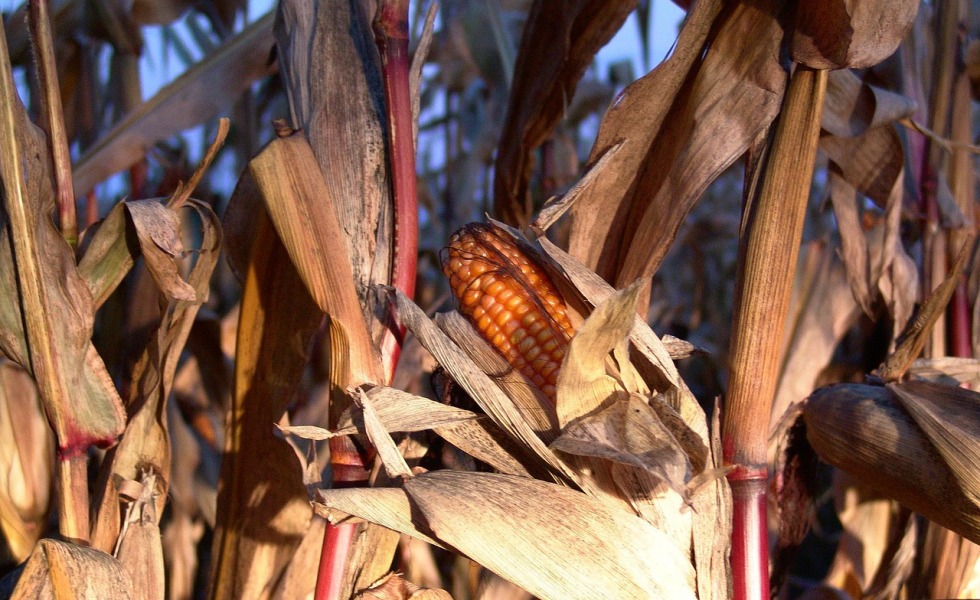Ethanol’s Tightening Tough Spot
Posted on May 8, 2019

If you want to anger almost any American farmer, write something less than flattering about the declining use of biofuels—especially ethanol—in the U.S. today.
If you want to really anger almost any American farmer, write something unflattering about biofuels—especially ethanol—that includes the sentence, “U.S. farmers, particularly cornbelt farmers, have gotten a really bad deal from the Trump Administration on the biofuels front.”
Both statements are true, according to Scott Irwin, an agricultural economist at the University of Illinois who, word-for-word, offered the latter one.
On April 12, Irwin, who specializes in “evaluating the economic factors that affect corn and soybean prices,” published an analysis of today’s ethanol market on the university’s farmdocDAILY website under the workmanlike title of “Implications of Recent Trends in U.S. Gasoline Consumption for Ethanol.”
The seven-page report, however, was anything but workmanlike. For example, in it Irwin calculated that a forecasted 26.1-billion-gallon decline in yearly U.S. gasoline usage by 2030 will drain 2.6 billion gallons of U.S. ethanol use from this year’s estimated 14.3 billion gallons over the next decade.
That means “the projected decline in the E10 blend wall… represents approximately 930 million bushels of lost corn demand, not considering the offset of lost DDGS [Distiller’s Dried Grain and Solubles, a co-product of ethanol] production on feed demand.”
When DDGS are figured in, Irwin estimated the total loss of yearly corn demand would be closer to 650 million bu., not a billion bushel punch in the face but still a hard smack.
But that’s only if the U.S. gasoline market doesn’t slide further south than the already dismal forecast predicts. “The best case scenario” for future American gasoline use, Irwin noted in an April 23 telephone interview, “is flat-line use; neither up nor down from today.”
Moreover, he added, “I feel pretty confident in saying we’ve reached peak gas usage (in the U.S.) because this projection from EIA [the U.S. Energy Information Administration] doesn’t even have electric cars coming on strong before 2030.”
If one of the nation’s foremost ethanol market analysts is “pretty confident” that the U.S. has reached peak gasoline consumption—a decade before electric cars even become a market factor—then farmers should be equally aware that peak ethanol consumption has likely occurred, also.
Which is why, Irwin noted in his April 12 analysis that “It is surely… no surprise why the U.S. ethanol industry is pushing so hard for expansion in the use of E15”—raising the ethanol-gasoline blend from 10 percent to 15 percent—“which may be required for the industry to just stay even in total domestic consumption of ethanol.”
The push, however, is being met head-on by Big Oil. First, gasoline retailers are not going to hand over another five percent of their now-eroding market without a very tough fight.
Also, “It will cost billions for 150,000 gas stations in the U.S. to add E15 pumps,” Irwin estimates. No one, not industry, government or agriculture, is stepping up to pay even a part of that tall tab to make E-15 readily available if and when it receives government go-ahead.
An even tougher task for farmers, though, might be addressing what the White House is doing—and, in some cases, not doing—says Irwin.
Despite the Trump Administration’s often-expressed support of biofuels, farmers have complained bitterly that the White House’s retroactive ethanol blending exemptions for nearly 50 refiners in 2016 and 2017 cost ethanol makers 2.25 billion gallons in sales in 2018.
Irwin is more blunt on the exemption issue: “What Trump is doing is illegal. That isn’t a political statement; that is a statement of fact.”
Illegal though it may be, ethanol still faces a shrinking gasoline market, a hard fight just to keep its exemption-threatened share of that shrinking market, an even harder fight to get E15 into general use, and a White House whose behind-the-scenes actions belie its public words.
Little wonder, then, why market analysts worry about the future of biofuels; there’s dwindling sunshine wherever they look.
© 2019 ag comm
Share This